I recently parted with my Hooper Bay kayak, the only remaining relic of my first efforts as a boatbuilder 40 years ago. It was my second kayak, the first being one I designed after poring over my father’s copy of Adney and Chapelle’s The Bark Canoes and Skin Boats of North America. That kayak was an awkward platypus of elements I’d seen in the book and turned out to be a bland dilution of whatever qualities the original kayaks might have possessed.That kayak got me afloat, but I gained a new appreciation for the traditional forms I’d appropriated for it when I met David Zimmerly in 1978 at Port Townsend’s Wooden Boat Festival. He gave a talk there on the Hooper Bay kayak, which I recognized as the same style as the Nunivak Island kayak included in Skin Boats.Nunivak is about 75 miles due south of Hooper Bay, and both are inhabited by the Yupik people of Alaska’s west coast. I was taken in by David’s detailed description of the Hooper Bay and the work of Yupik master kayak builder Dick Bunyan. David kindled my interest by giving me a photocopy of his draft of his then yet-to-be-published book, Hooper Bay Kayak Construction.
Join The Conversation
We welcome your comments about this article. To include a photo with your remarks, click Choose File below the Comment box.

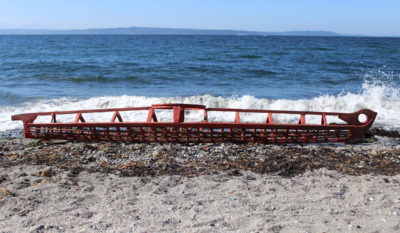
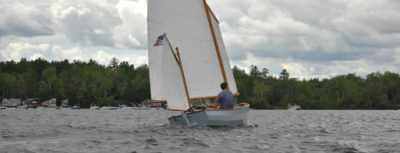

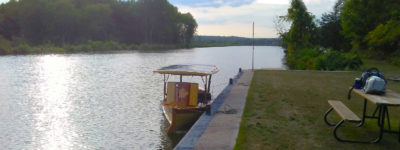
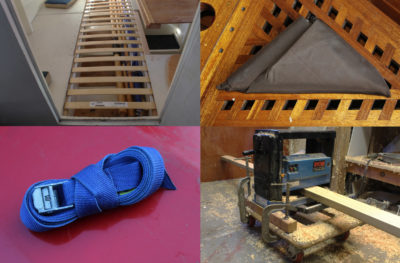
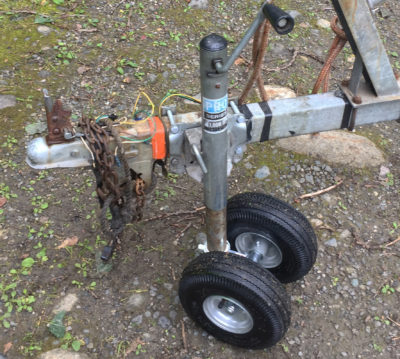
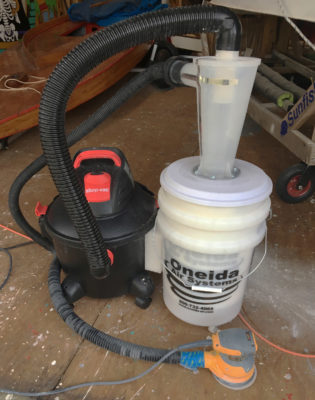
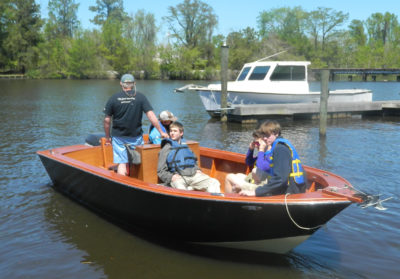
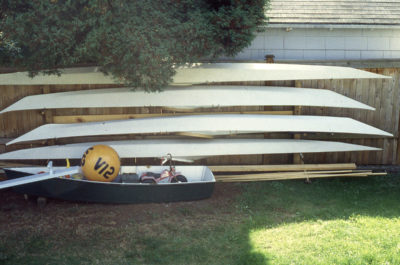
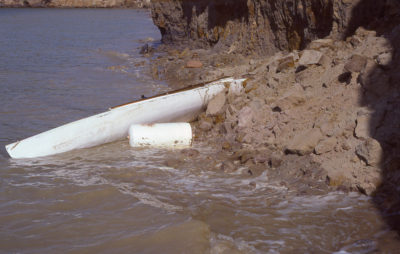
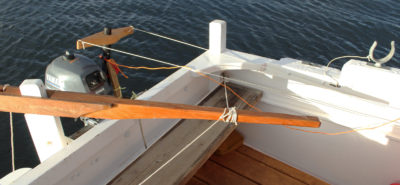
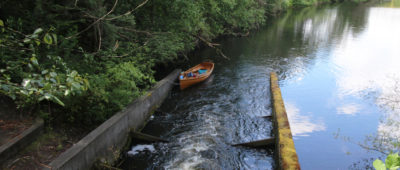
Though I never met David Zimmerly, I used to enjoy his articles in Sea Kayaker. In one, he described several paddles, including one that I believe was a McKenzie River style. He said it should make a good recreational paddle, so I built one on the same proportions. I have since evolved the construction through several iterations, gradually making them shorter, and including a hollow shaft in the last three or four. I like this paddle well enough that I long ago abandoned that never-ending quest to find the perfect paddle. It isn’t bothered by wind, is symmetrical end to end, and has a powerful dynamic lift in sculling mode.
This is the most beautiful and evocative article ever.
Thank you
Thank you. Well said, our friend.